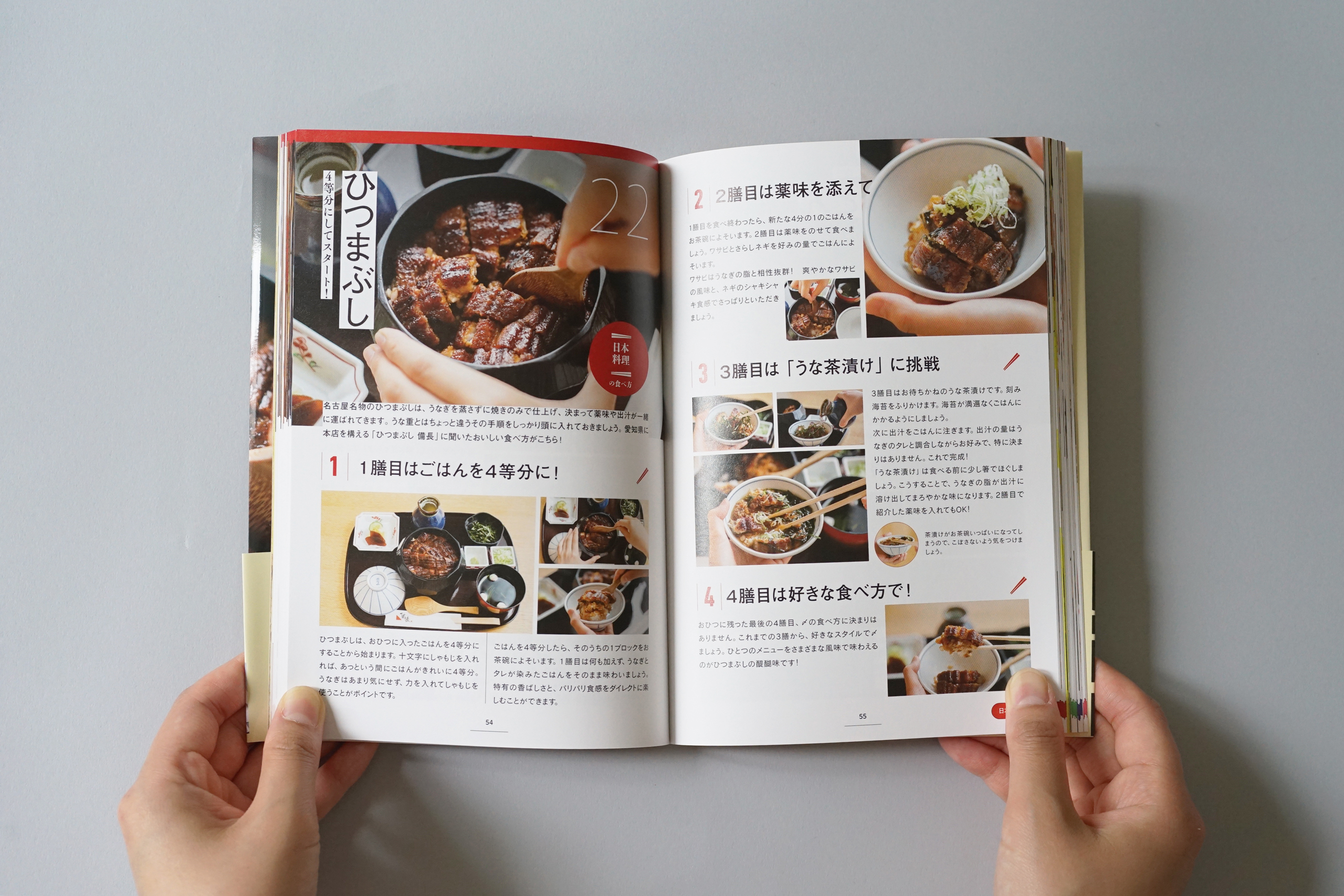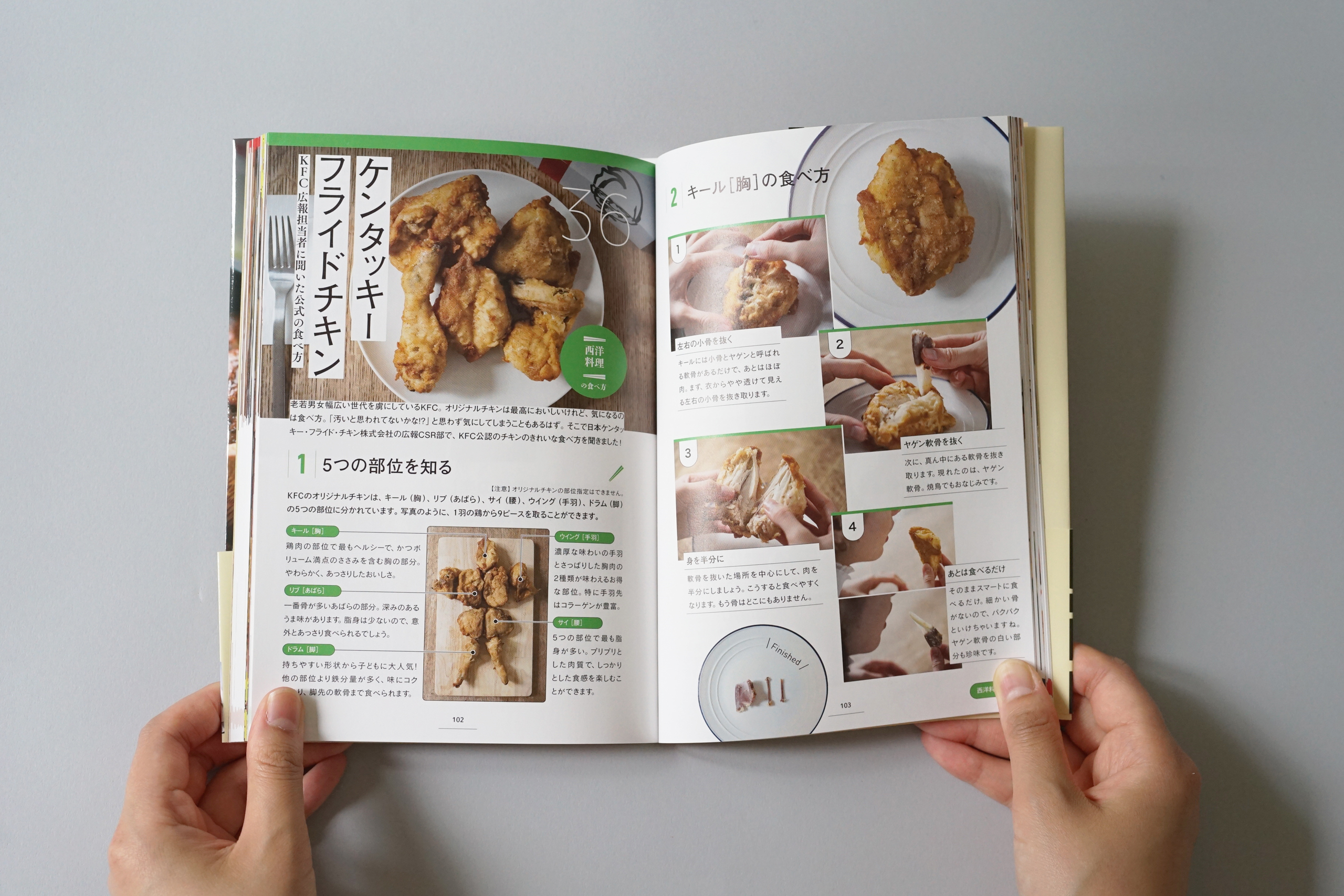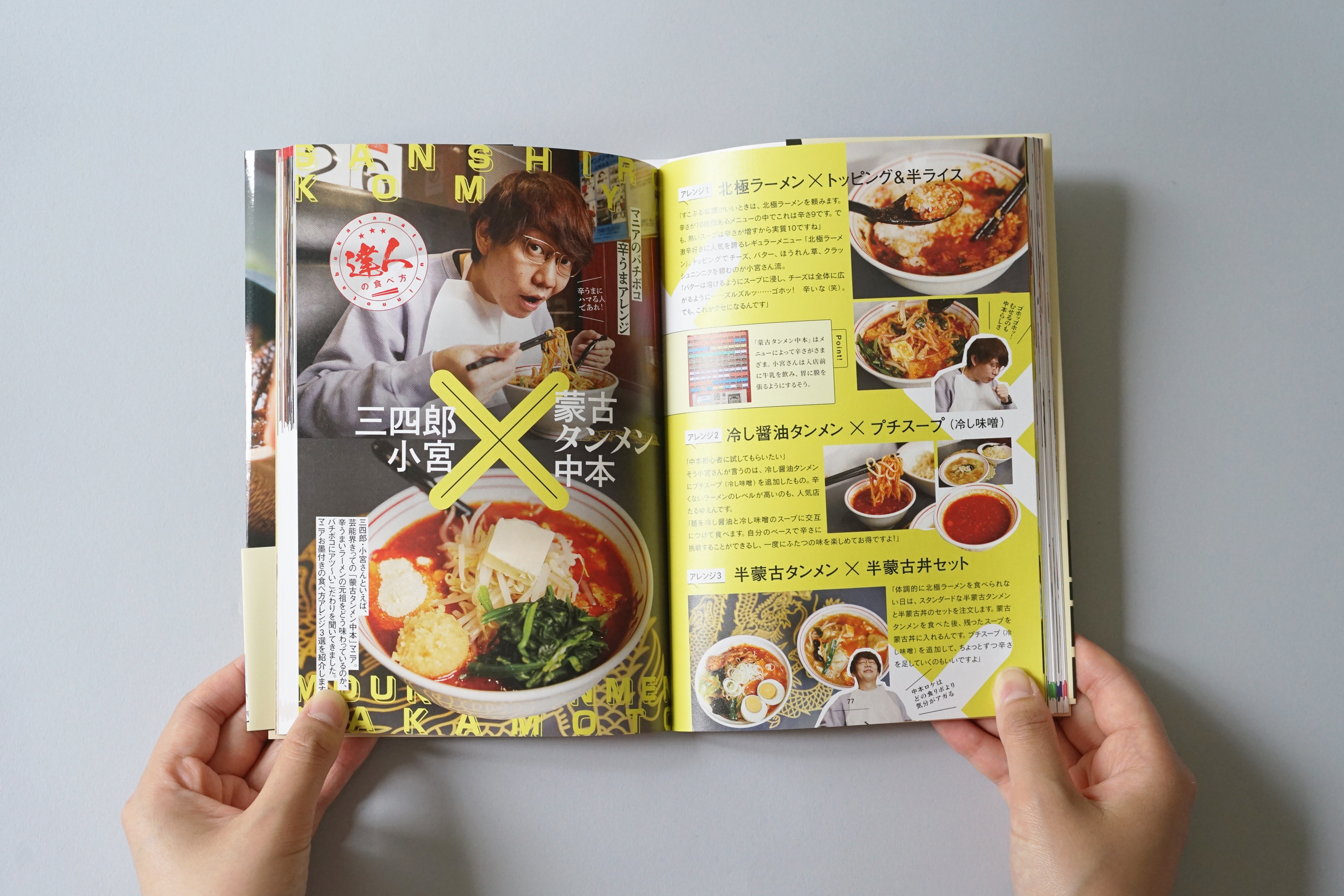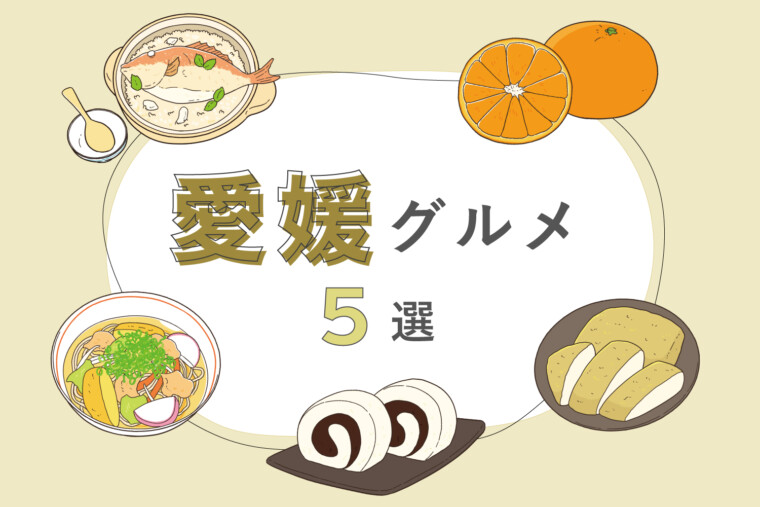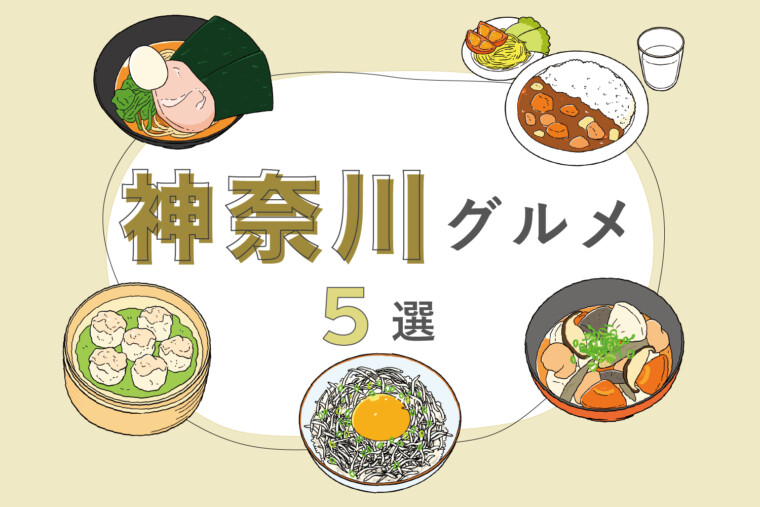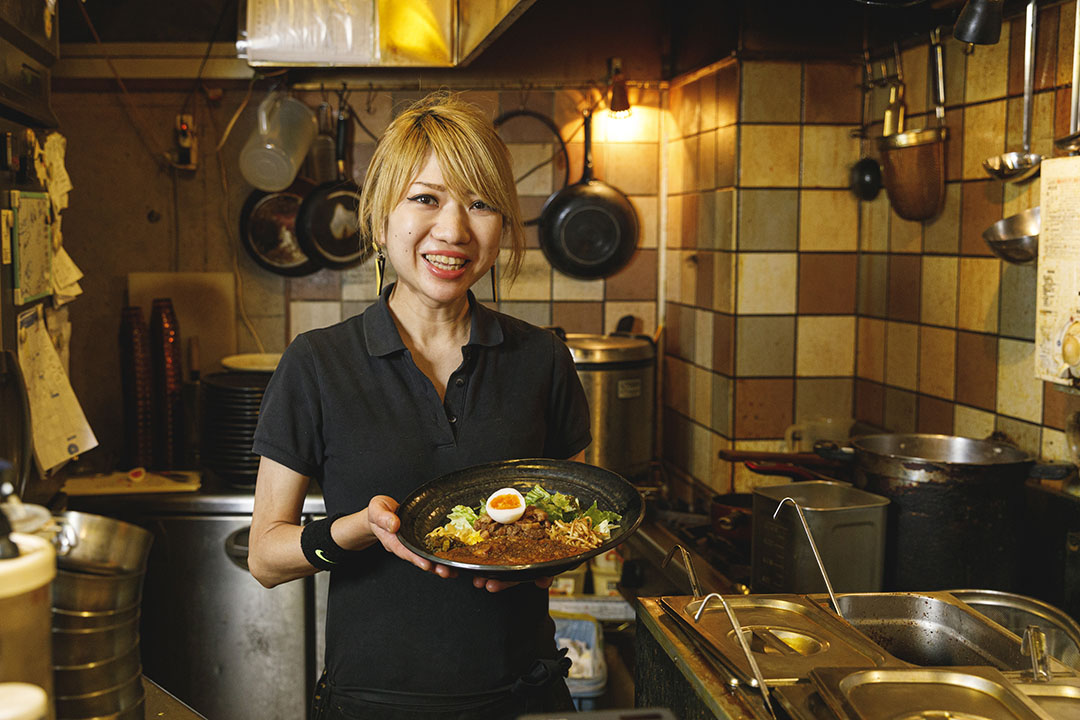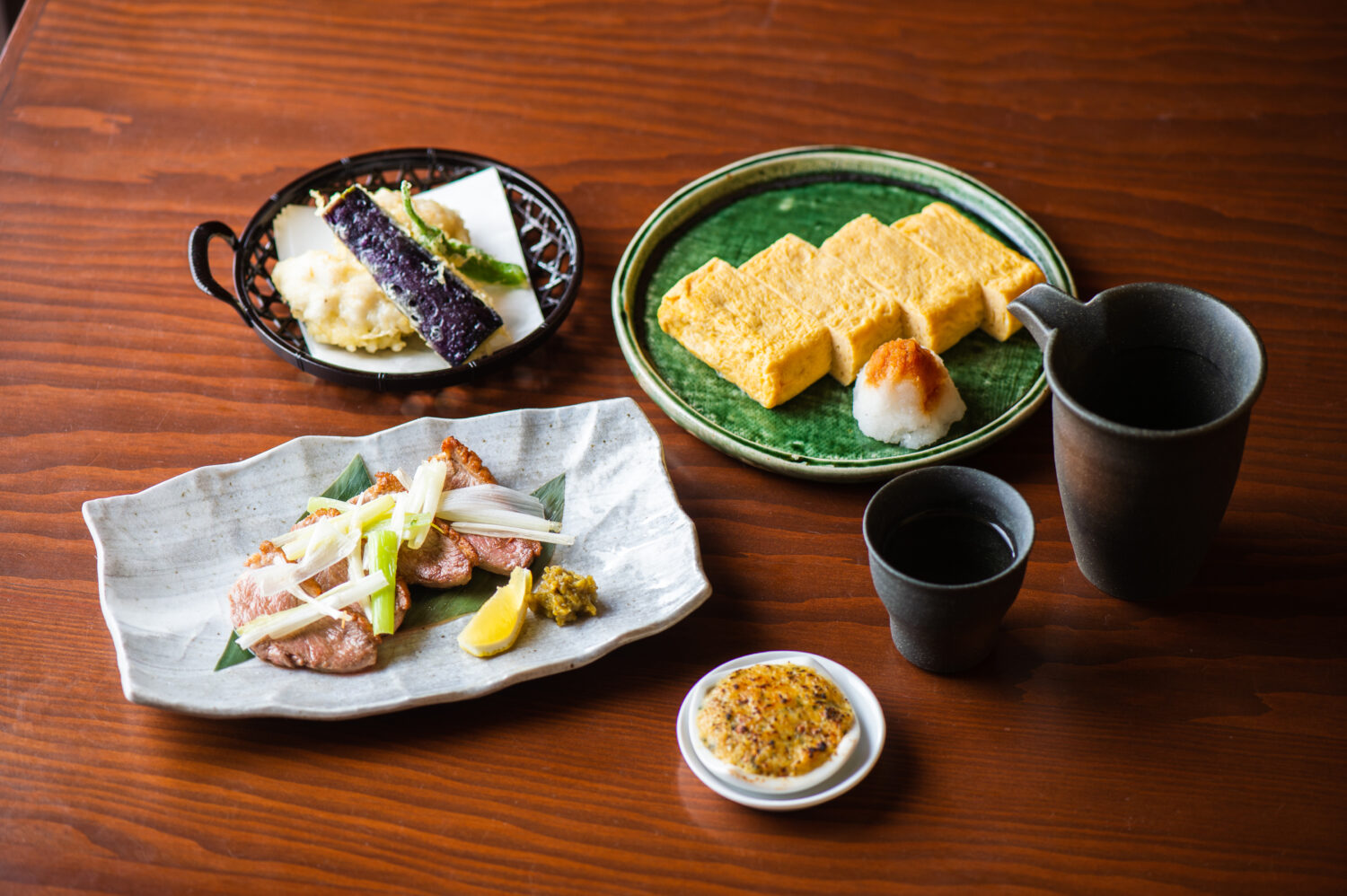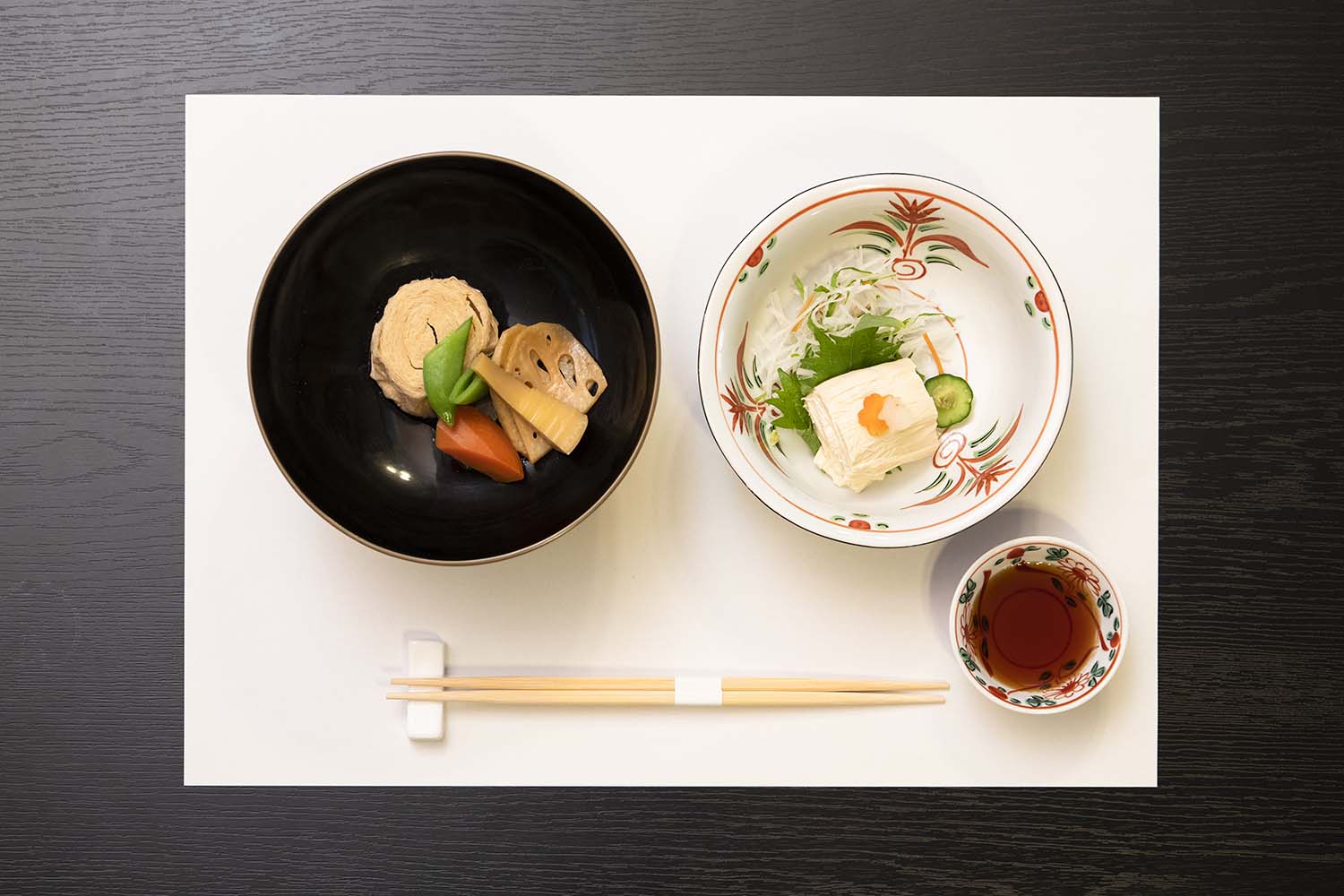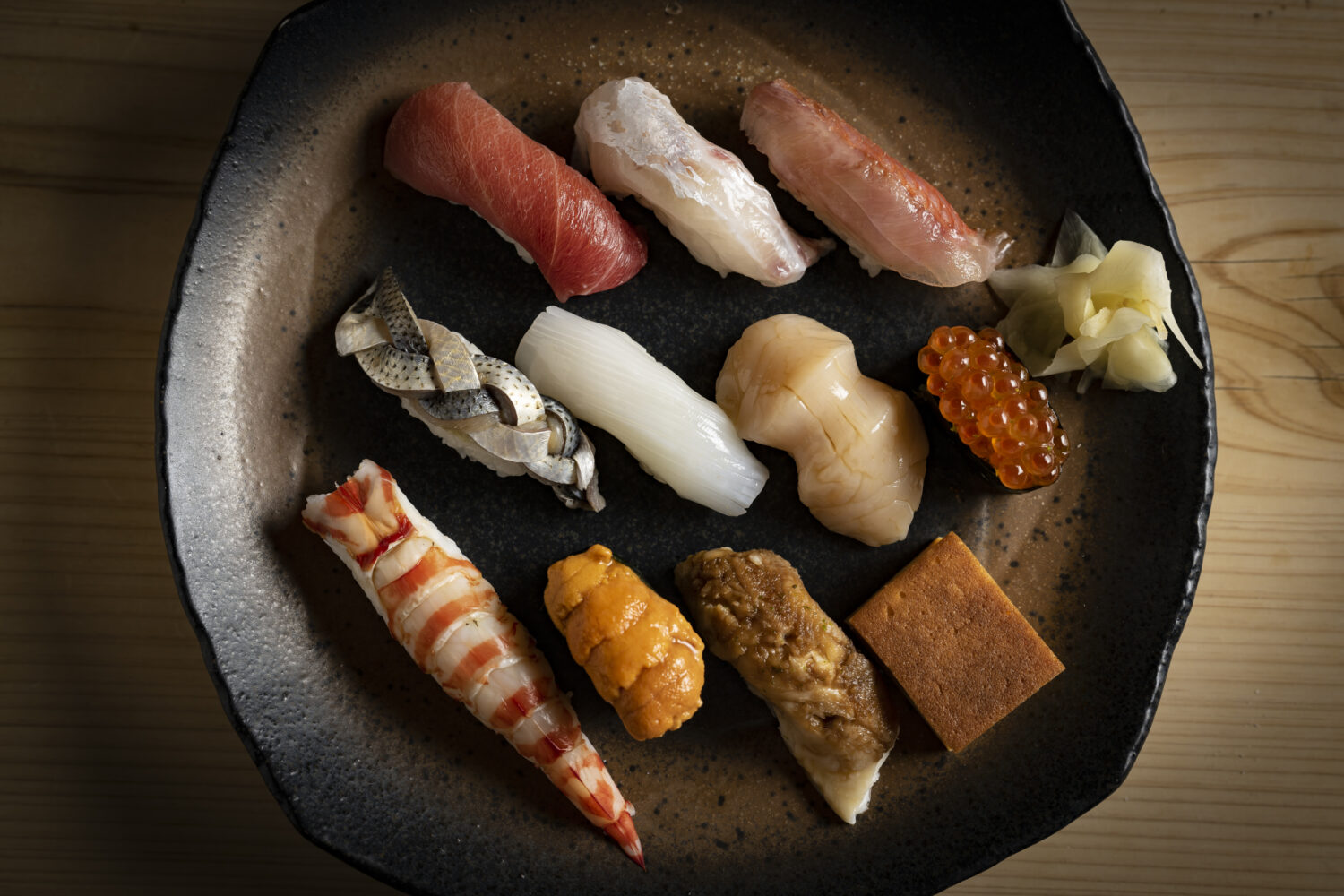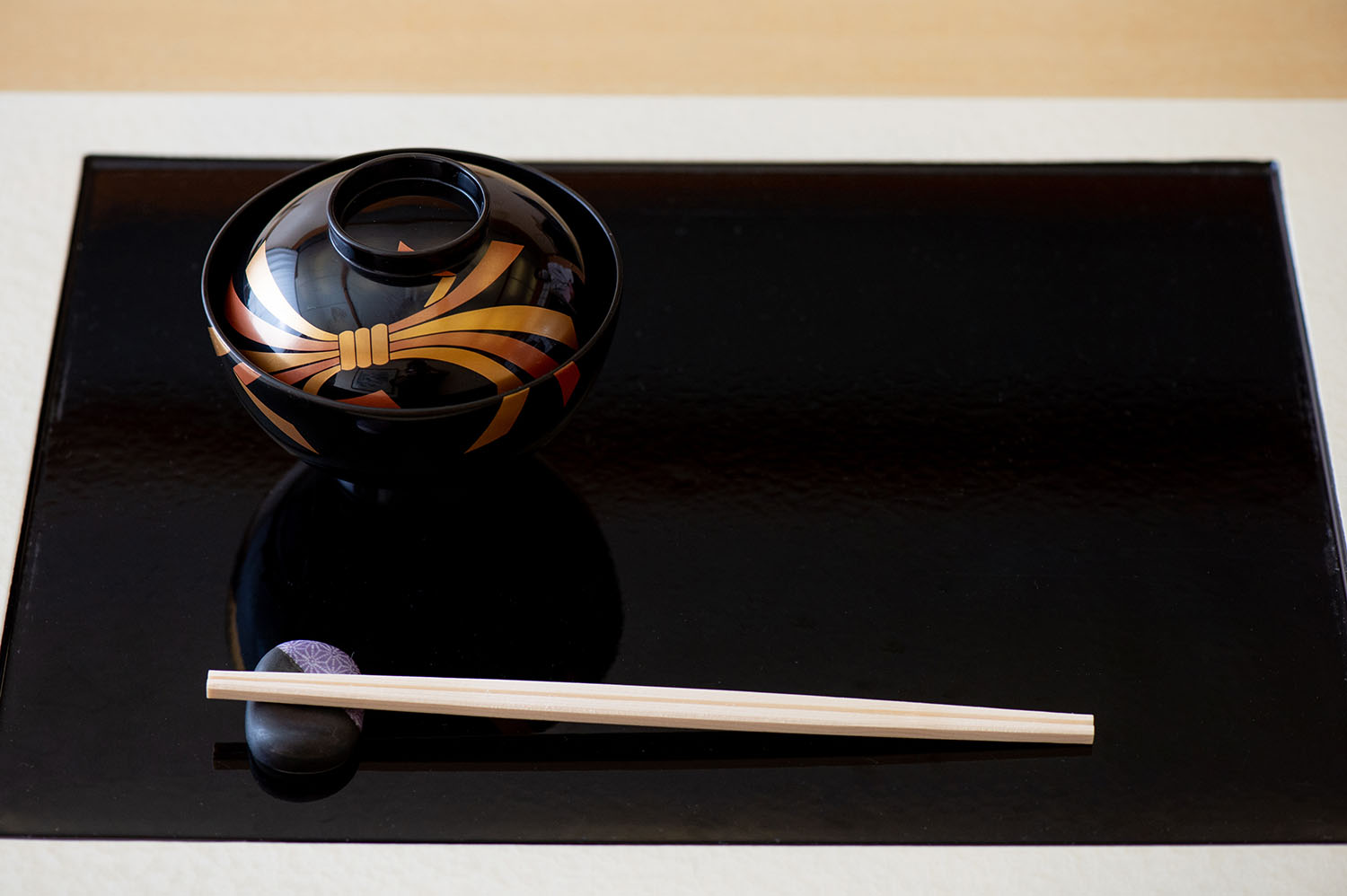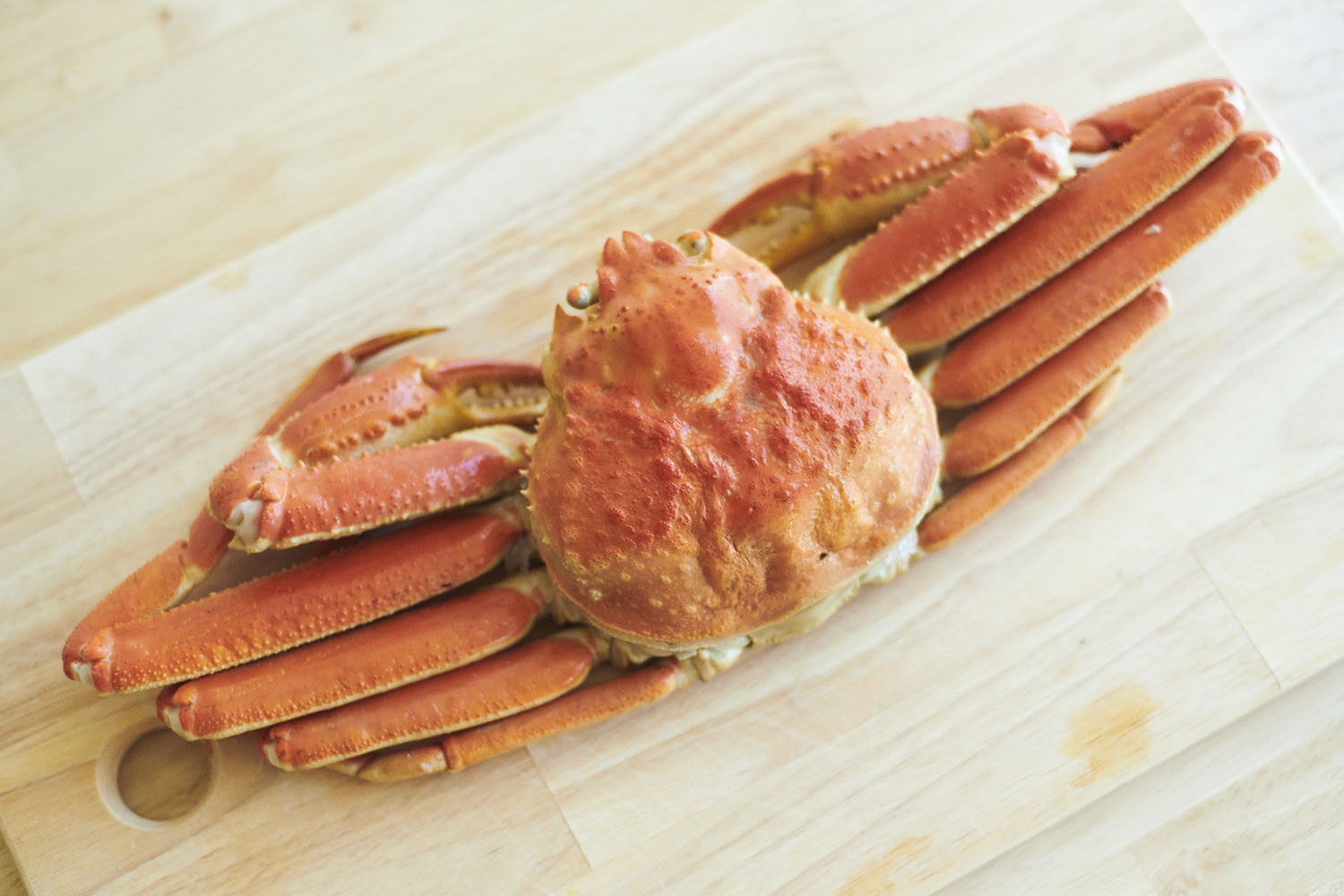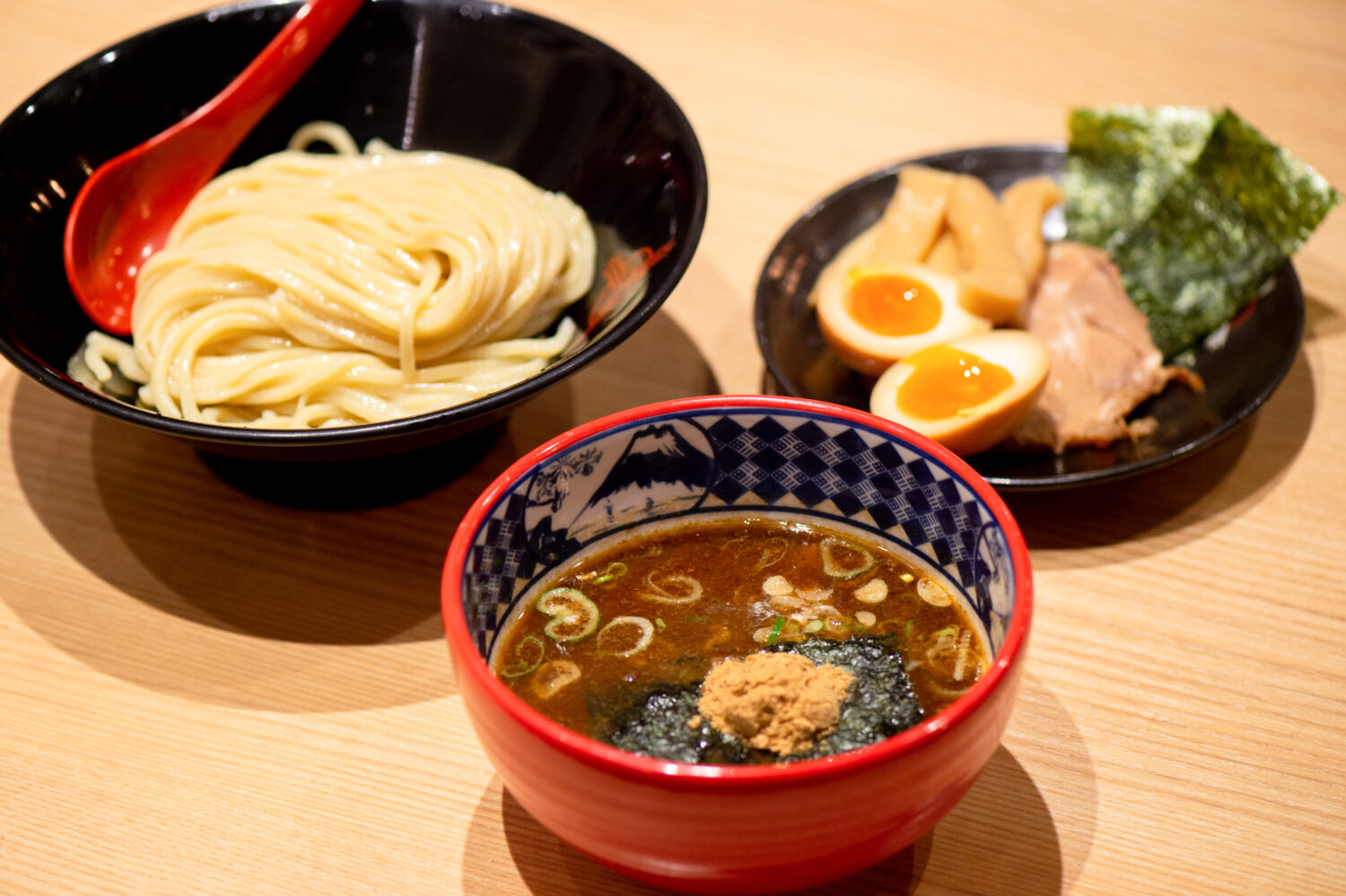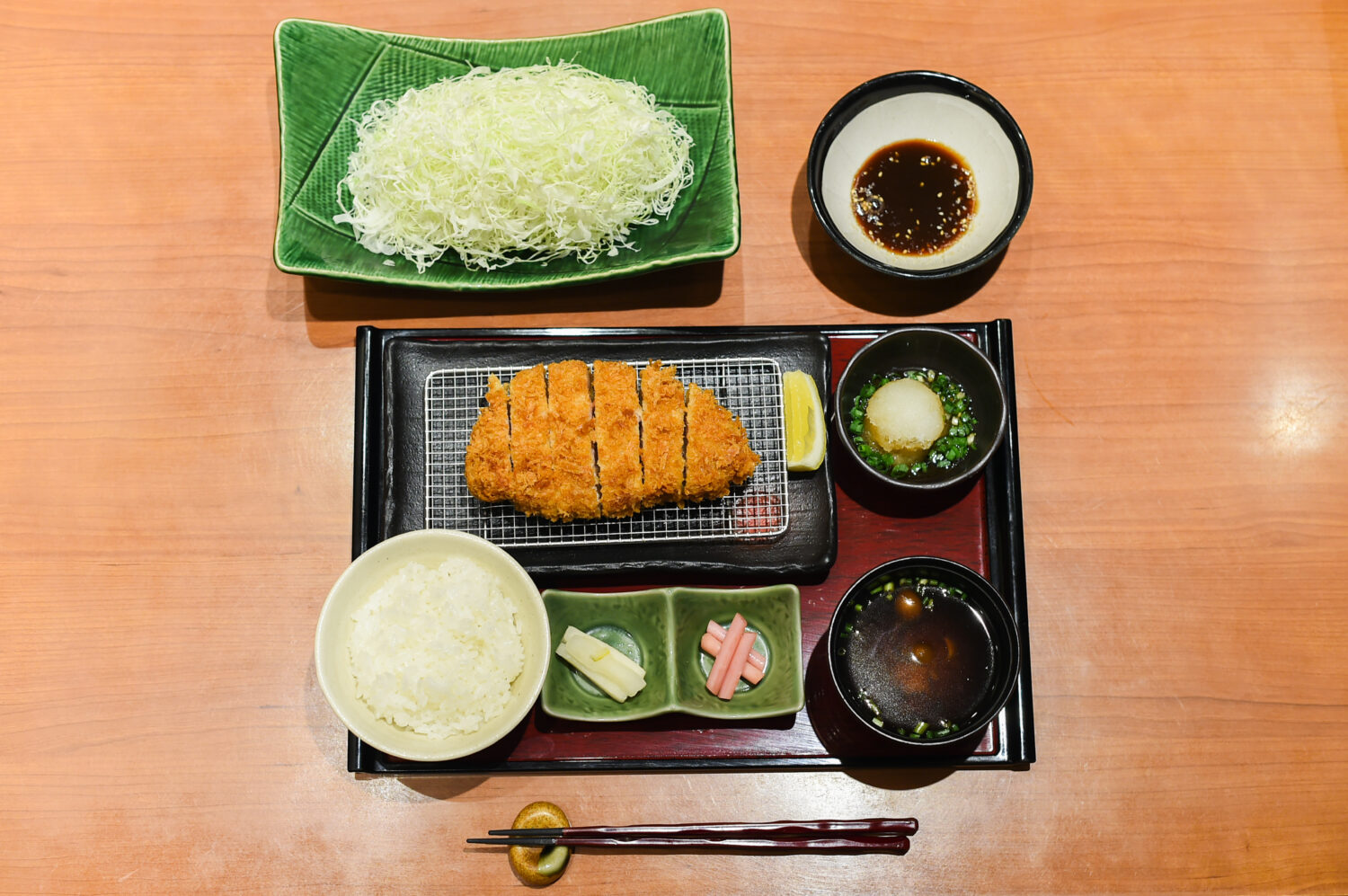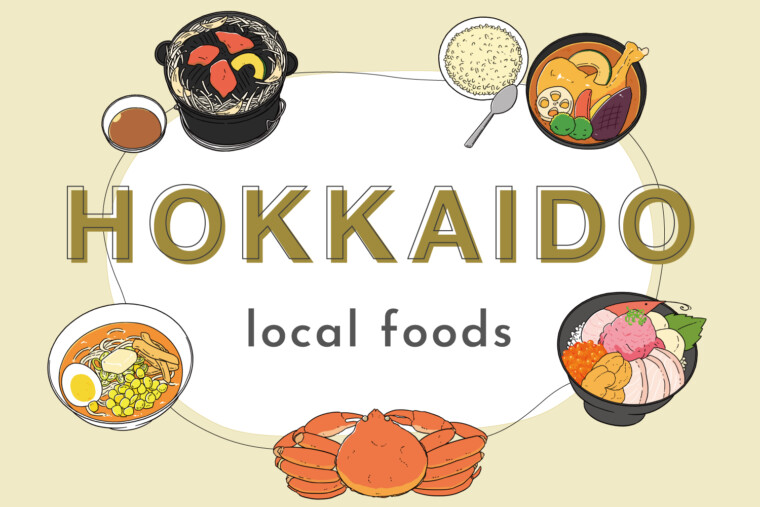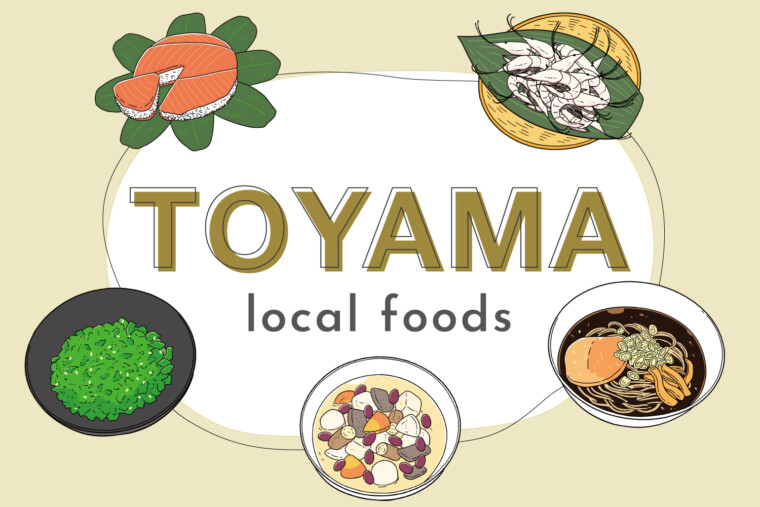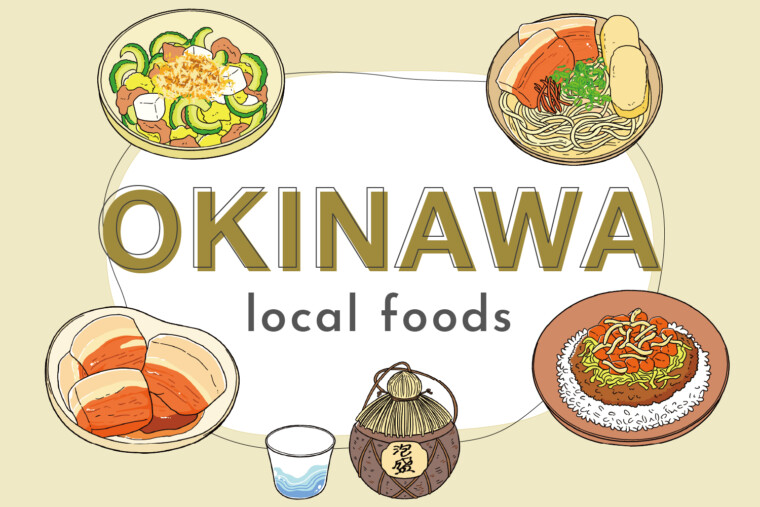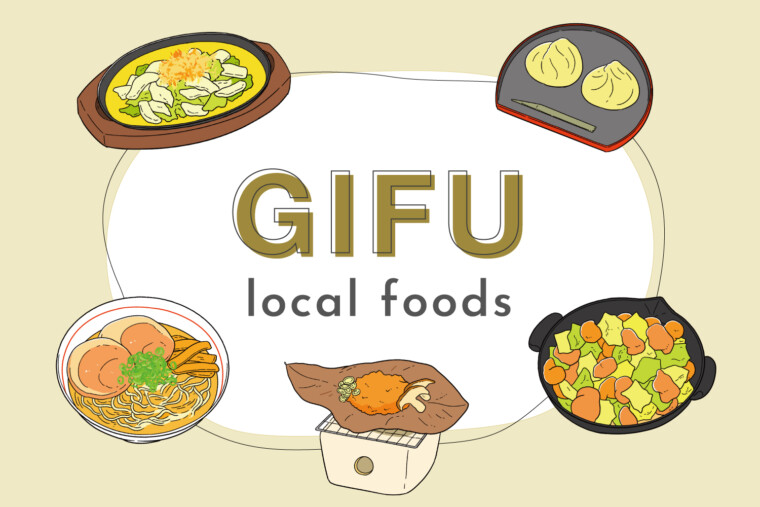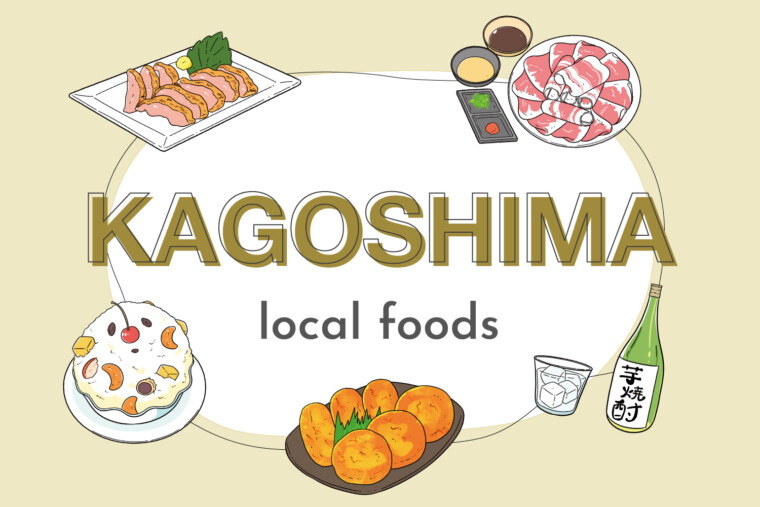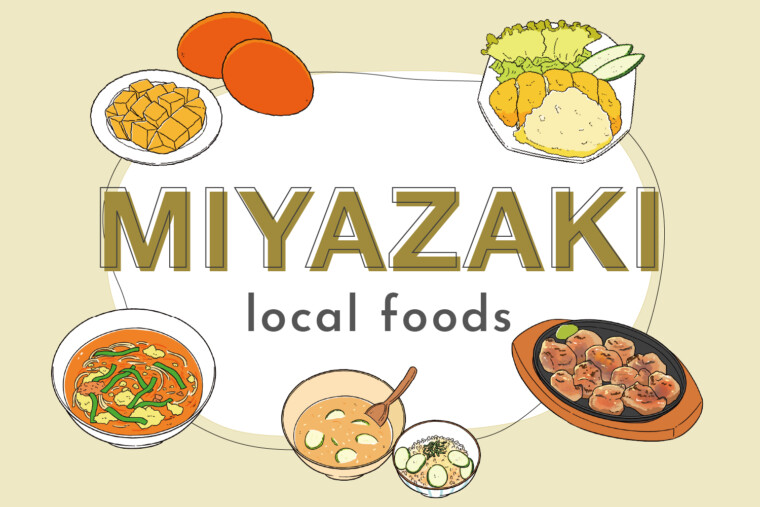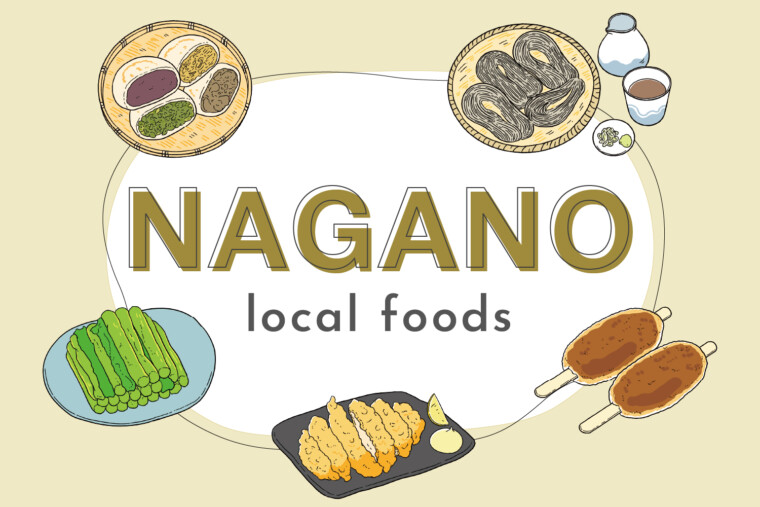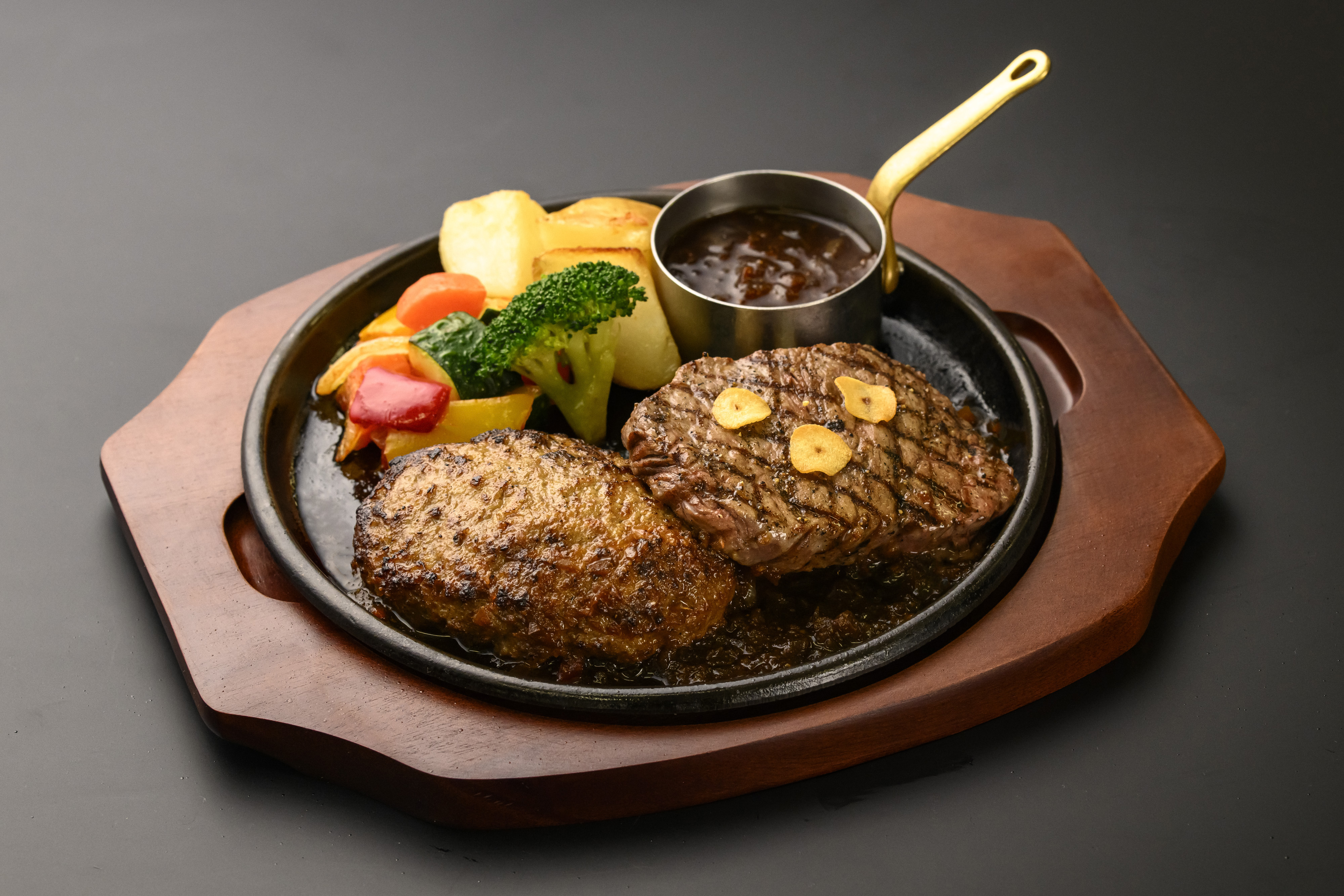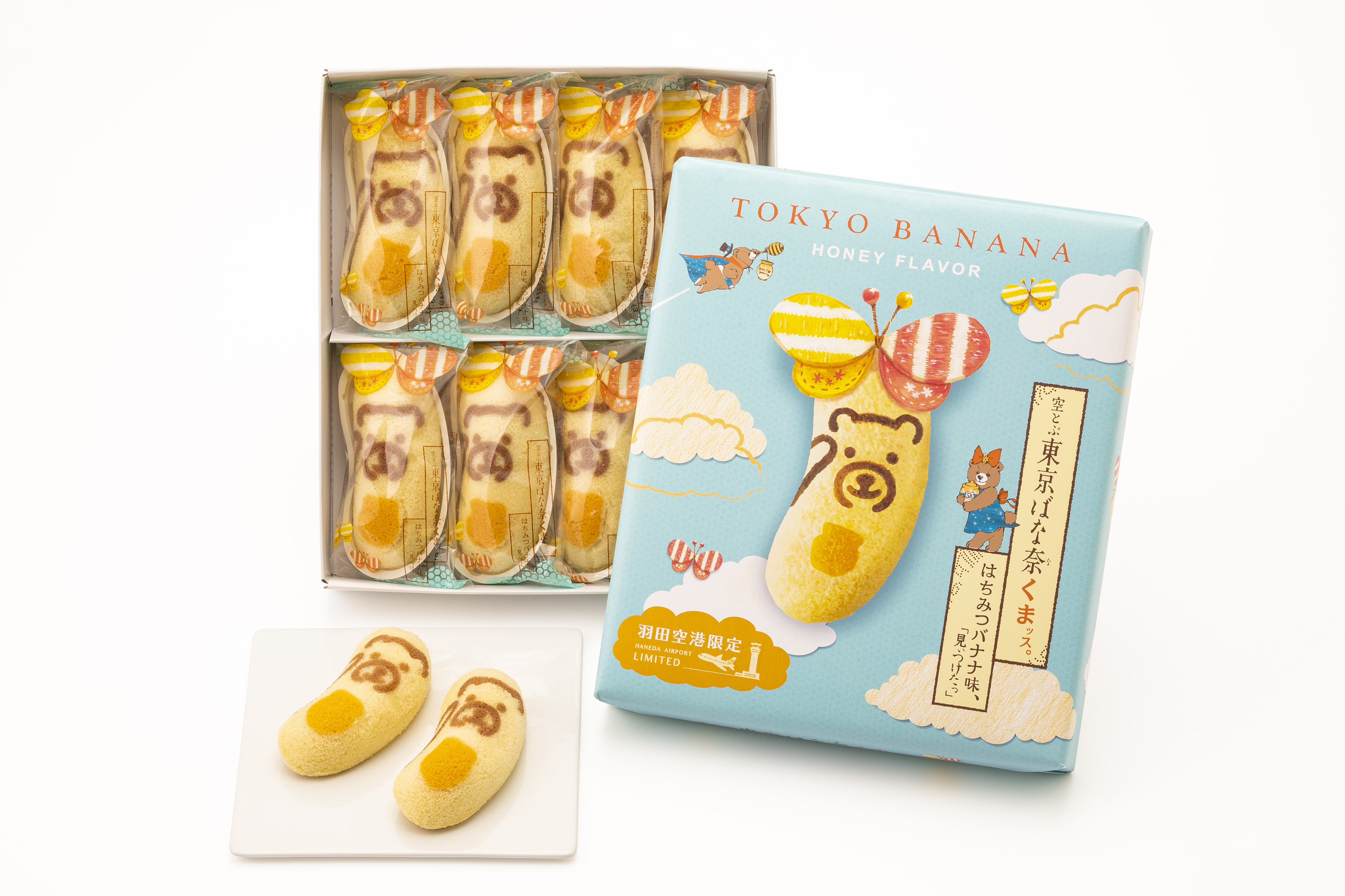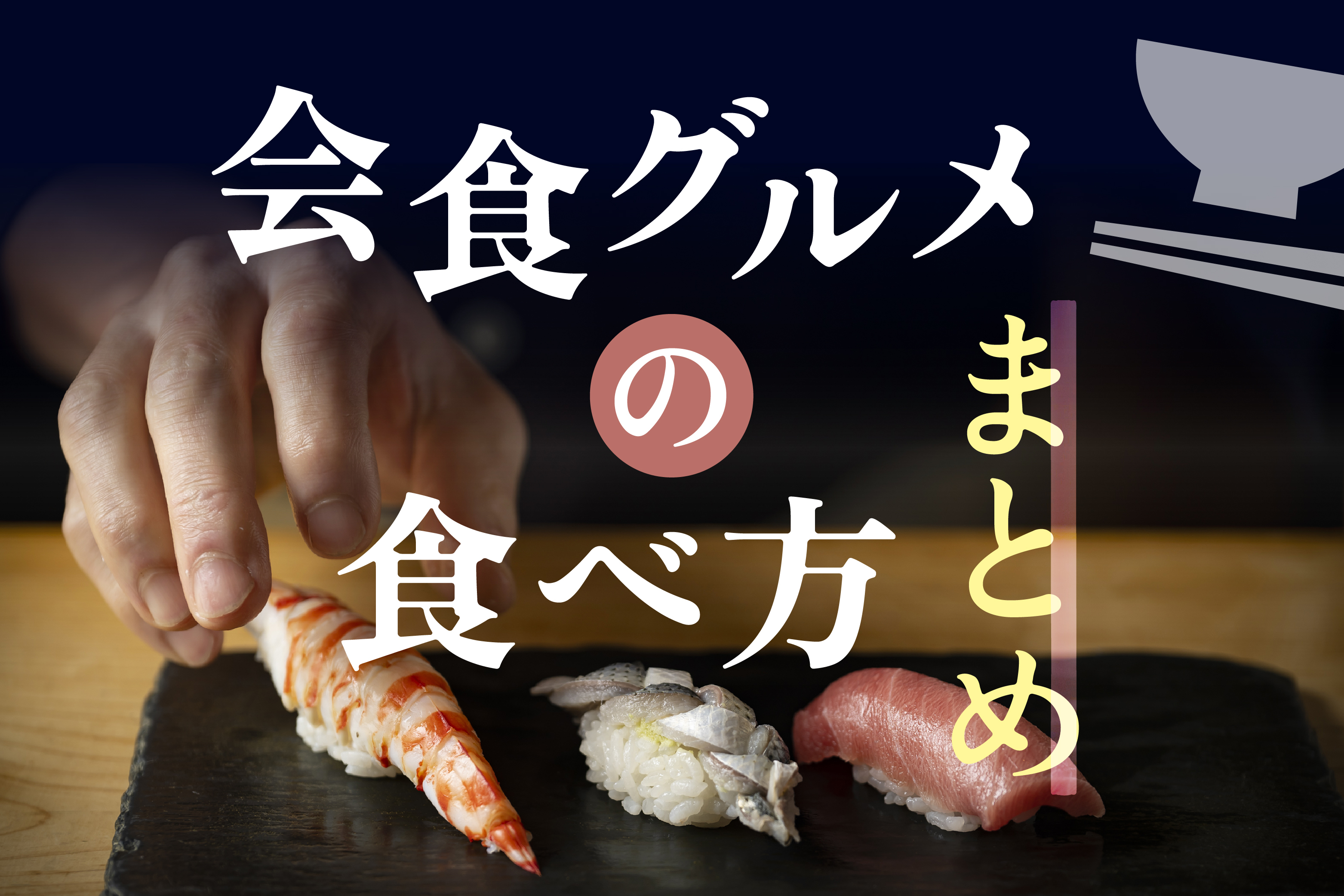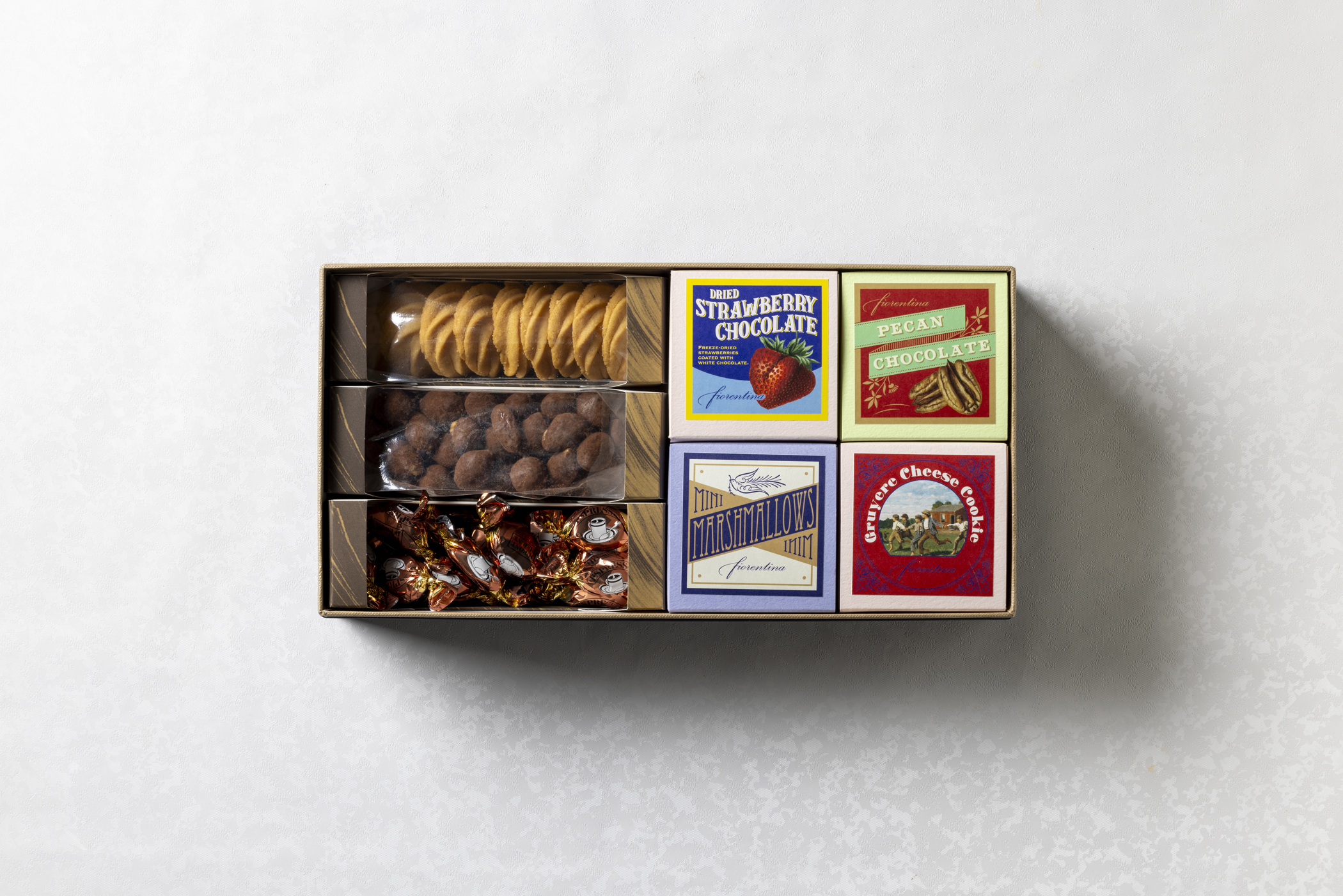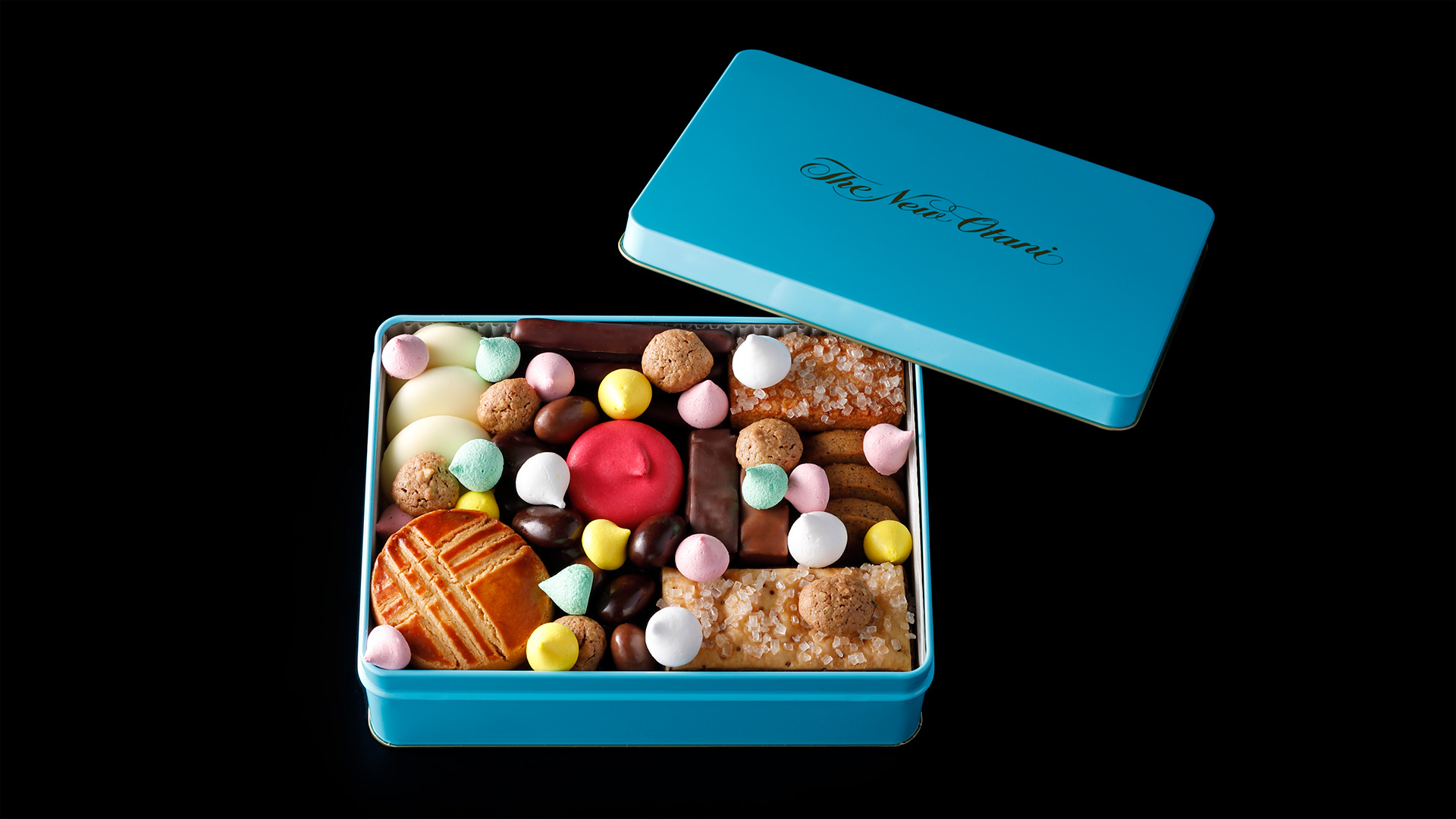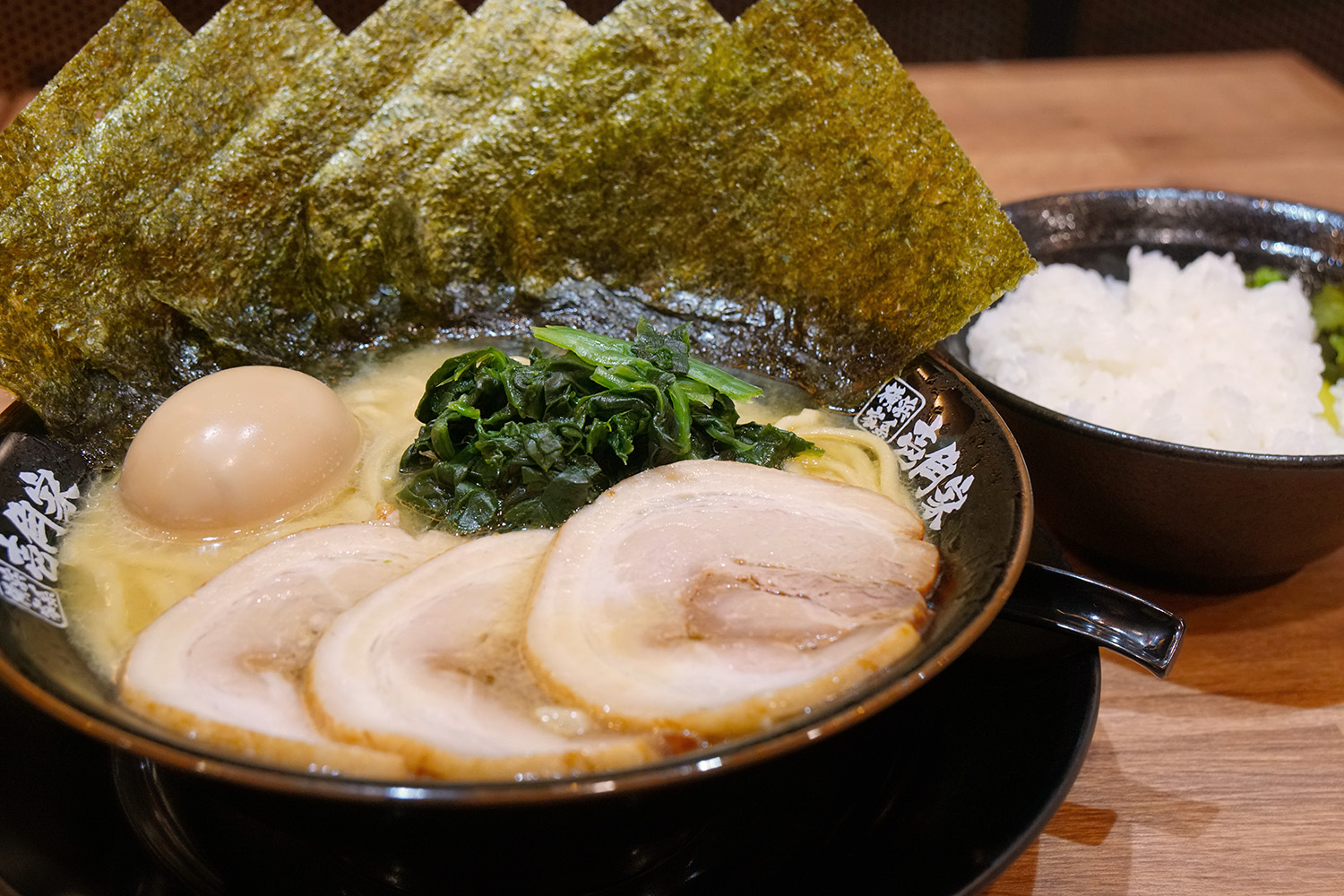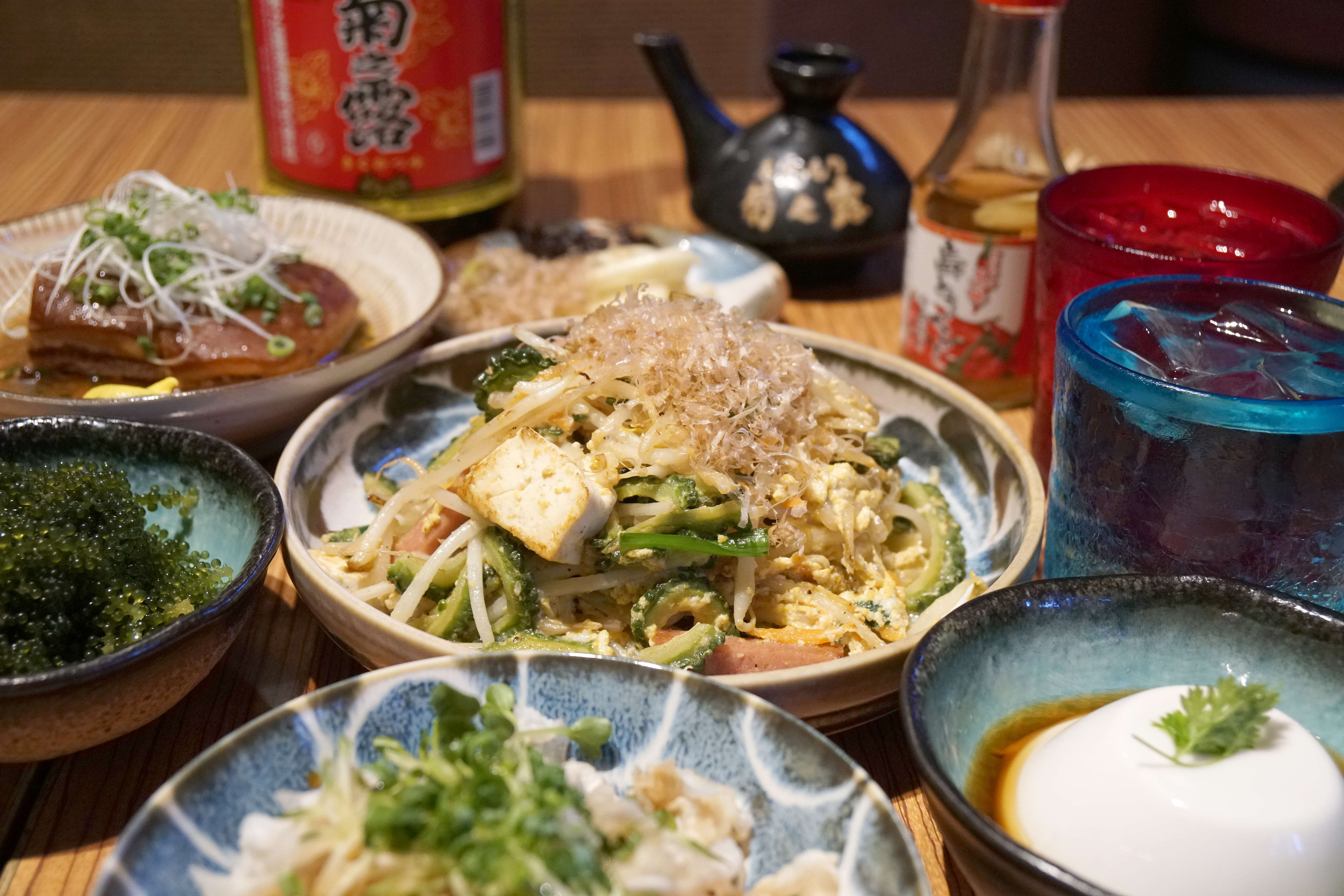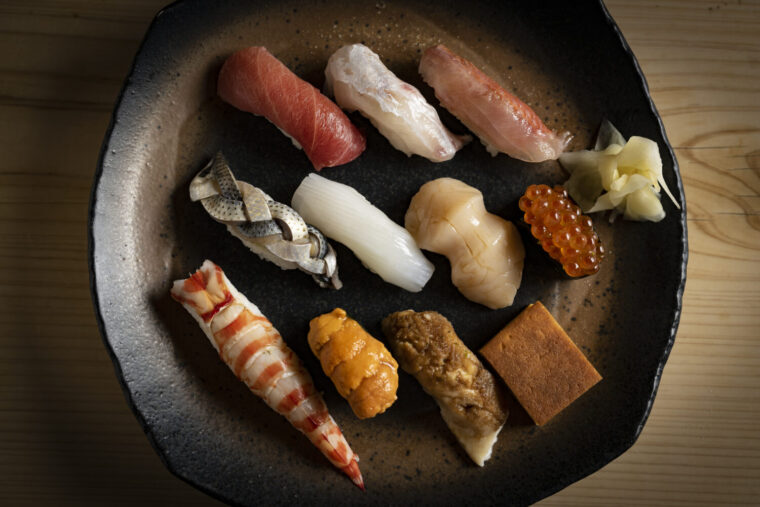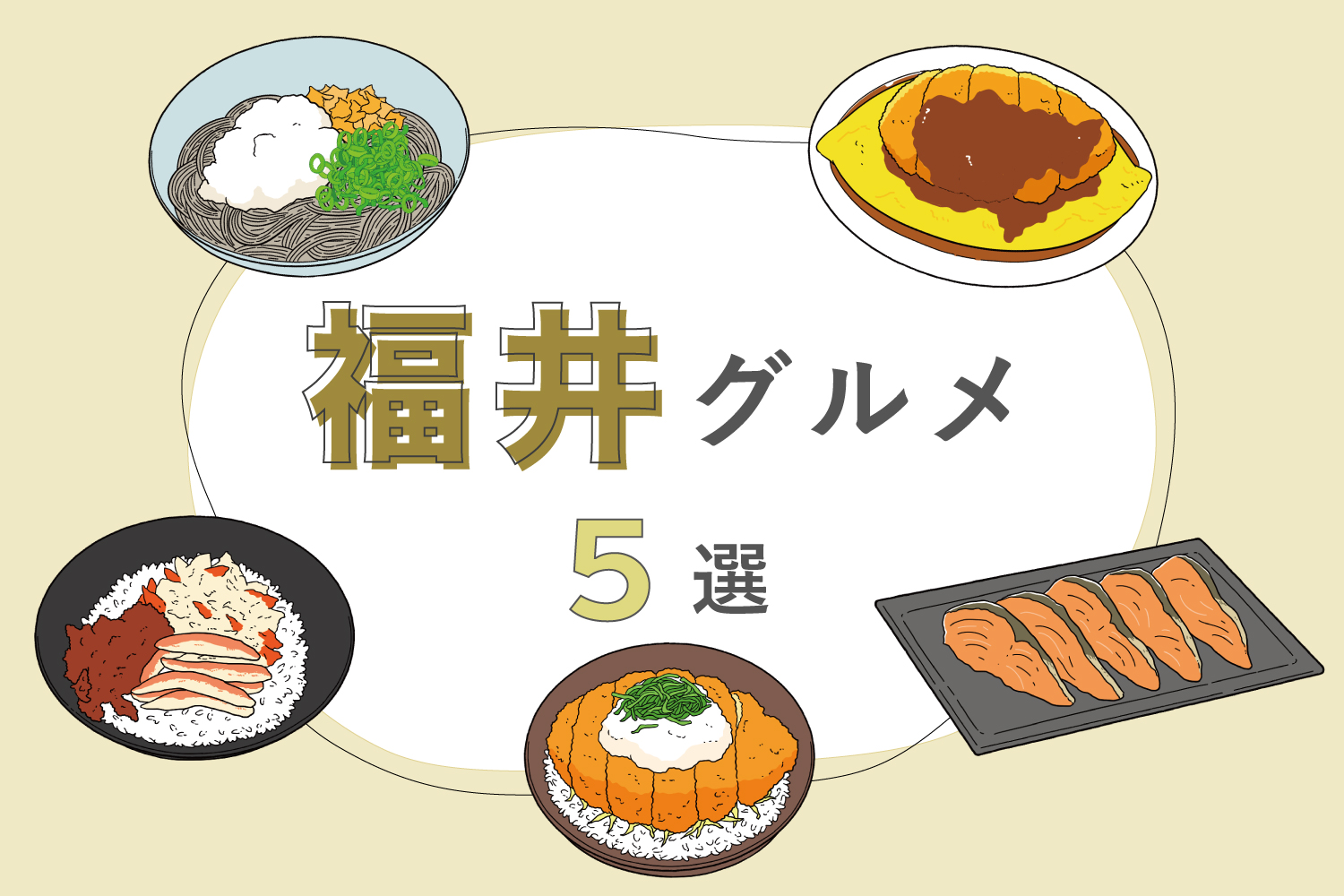
Top 5 Must-Try Local Dishes in Fukui: Seiko-don, Volga Rice, Oroshi Soba, Soy Sauce Katsudon & Heshiko
When it comes to winter delicacies in Fukui Prefecture, “Echizen Crab” is a true highlight! Located almost in the center of the Japanese archipelago, Fukui is blessed with rich fishing grounds where fresh seafood is landed. It is also the birthplace of the famous Japanese rice brand “Koshihikari,” making it well known as one of the top rice-producing regions in the Hokuriku area.
share:
Table of Contents
A Dish Made with the “Red Jewel of the Sea”: Seiko-don
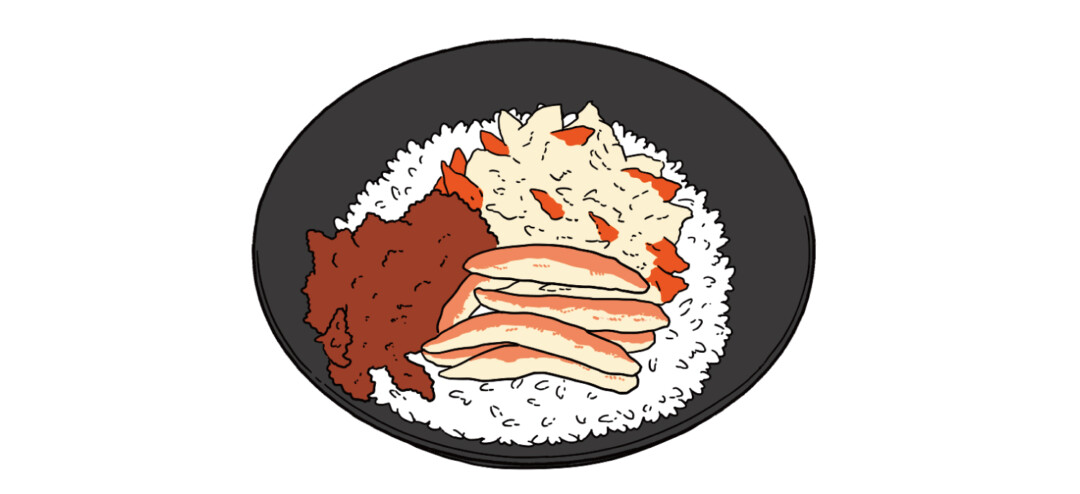
“Seiko-don” is a dish where the meat, eggs, and miso of seiko crab are served on top of rice. Seiko crab refers to the female Echizen crab. Among its delicacies, the eggs are particularly exquisite. There are two types of eggs: “uchiko,” the immature eggs, often called the “Red Jewel of the Sea” for their rich flavor, and “sotoko,” the mature eggs close to spawning, which are known for their popping texture. Since the fishing season for seiko crab is only two months, from November to the end of December, it is a precious ingredient that can only be enjoyed for a short period of time.
Full of Impact: “Volga Rice”
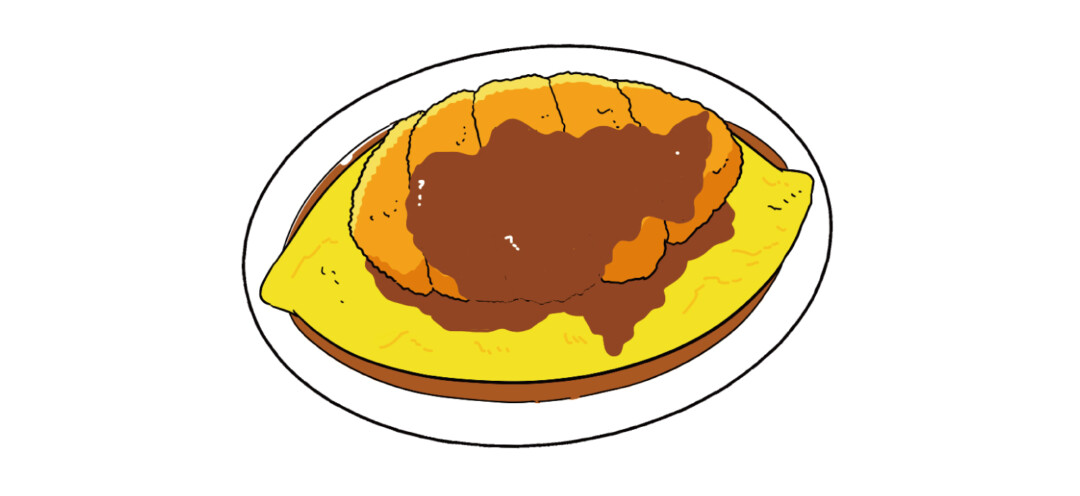
“Volga Rice” has been eaten in Takefu City for over 30 years. It is a B-grade gourmet dish consisting of an omelet rice topped with a pork cutlet. Depending on the restaurant, the filling inside the omelet rice or the toppings can vary—it might be minced cutlet instead, or it might be served with demi-glace sauce or mayonnaise. The exact recipe and origin remain unclear, leaving an air of mystery. Some say the name comes from its appearance resembling a “volcano,” while others suggest it derives from Russia’s Volga River cuisine.
Loved Since the Edo Period: “Echizen Oroshi Soba”
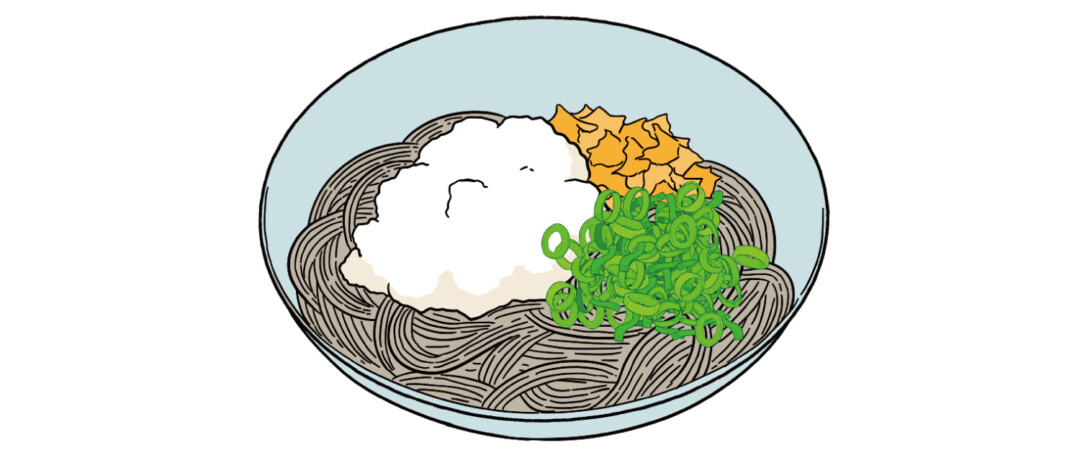
“Echizen Oroshi Soba” is cold soba noodles topped with grated daikon radish, bonito flakes, green onions, and more. Echizen soba is made by stone-milling buckwheat with its husk, giving the noodles a darker color and richer flavor. It is often eaten on special occasions such as celebrations and New Year’s Eve. Despite being a cold dish, it is popular year-round. In 1473, Takakage Asakura began cultivating soba as a wartime preserved food, and by 1601, Tomomasa Honda, who ruled Fuchu, spread the style of soba topped with grated radish, which became known as “Echizen Oroshi Soba.”
Nicknamed SK! “Soy Sauce Katsudon”
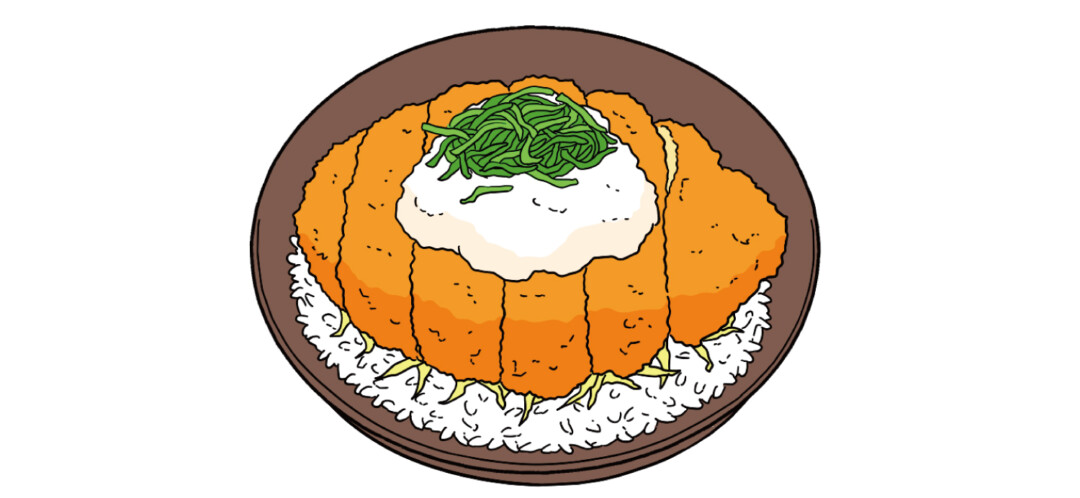
“Soy Sauce Katsudon” was created in 2010 when a long-established soy sauce maker in Ono City developed a light soy sauce-based sauce that pairs perfectly with katsudon. The type of cutlet used is not fixed, but the defining points are that it is topped generously with vegetables and made with soy sauce from Fukui Prefecture. Locals often call it “SK” for short. Depending on the restaurant, the cutlet may also be topped with grated daikon or a soft-boiled egg.
Fermented Over a Year in Rice Bran: “Heshiko”
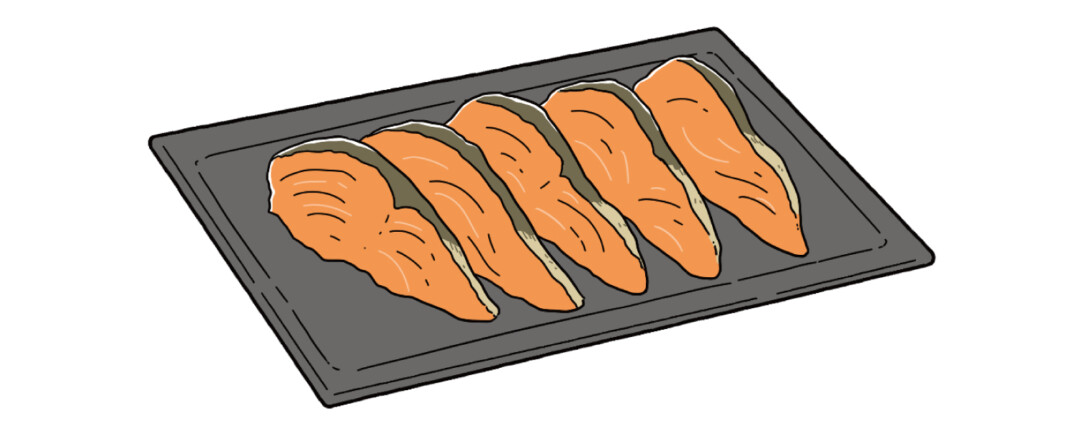
“Heshiko” is made by removing the innards of fish such as mackerel, salting them, and then fermenting them in rice bran for over a year. It has been eaten since the mid-Edo period as a preserved food to survive the harsh winters. The name comes from the Fukui dialect term “heshikomu,” meaning “to pack tightly into a barrel,” which was shortened to “heshiko.” The typical way to enjoy it is by brushing off the rice bran and lightly grilling it. It contains nutrients such as peptides, which help boost immunity, making it popular as a health food as well.
*The information is based on the time of reporting or creation, and may differ from the current situation.
tags:
share:










